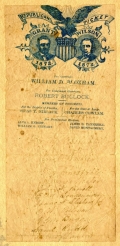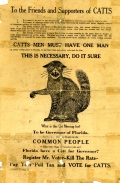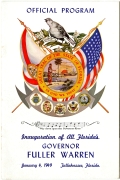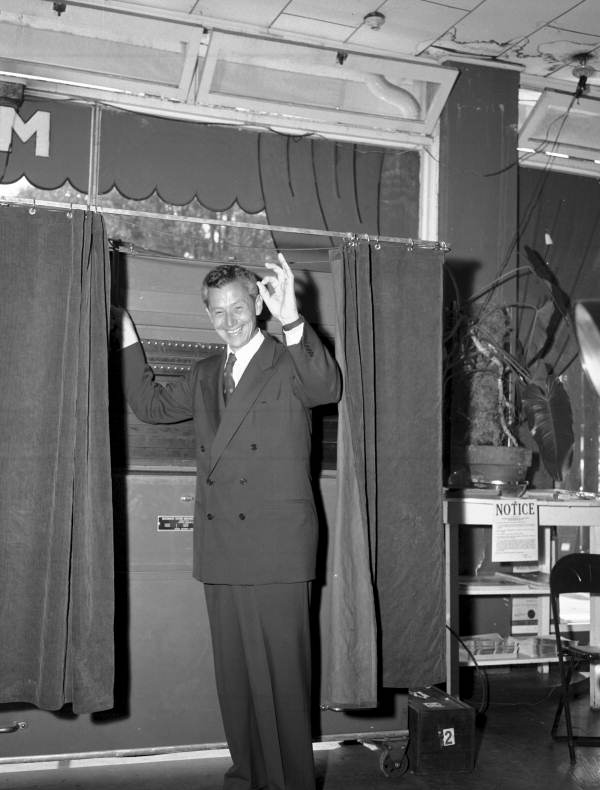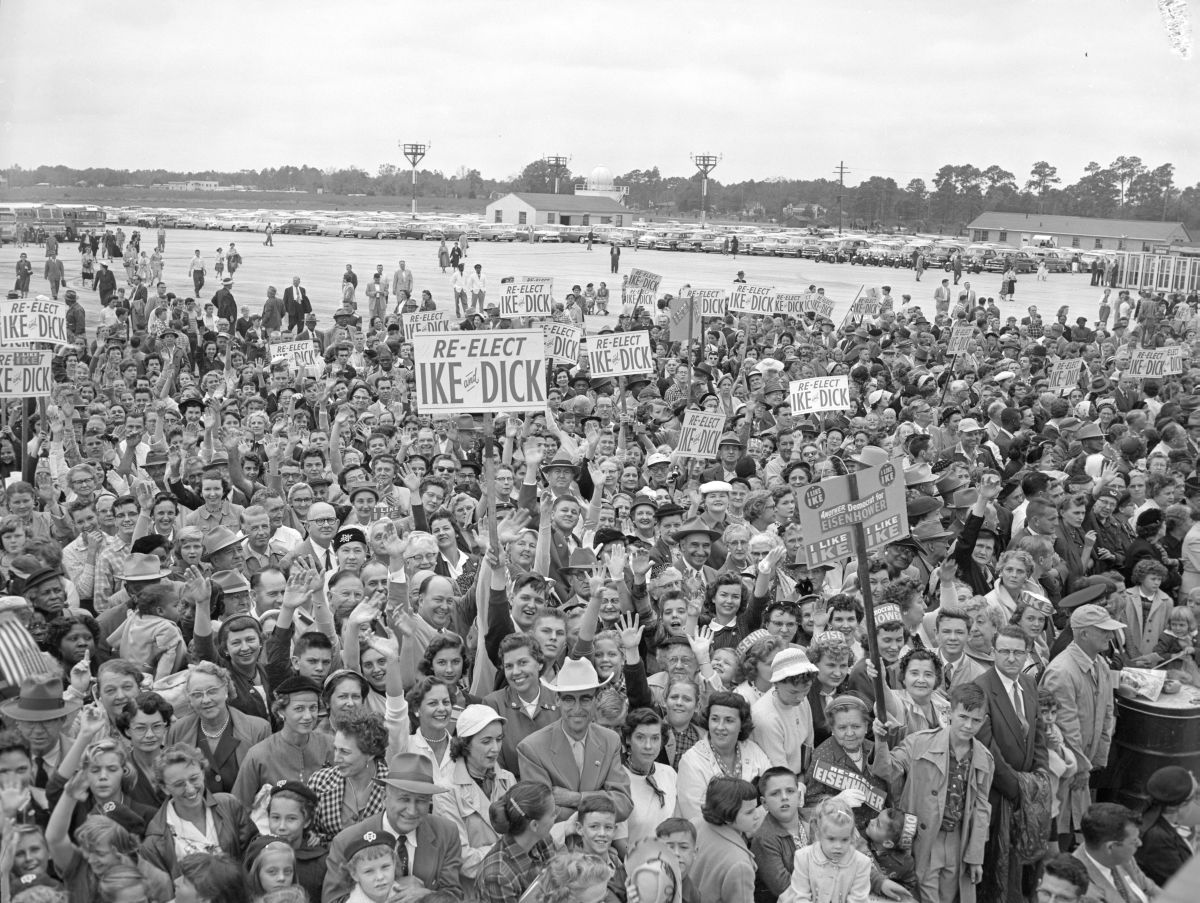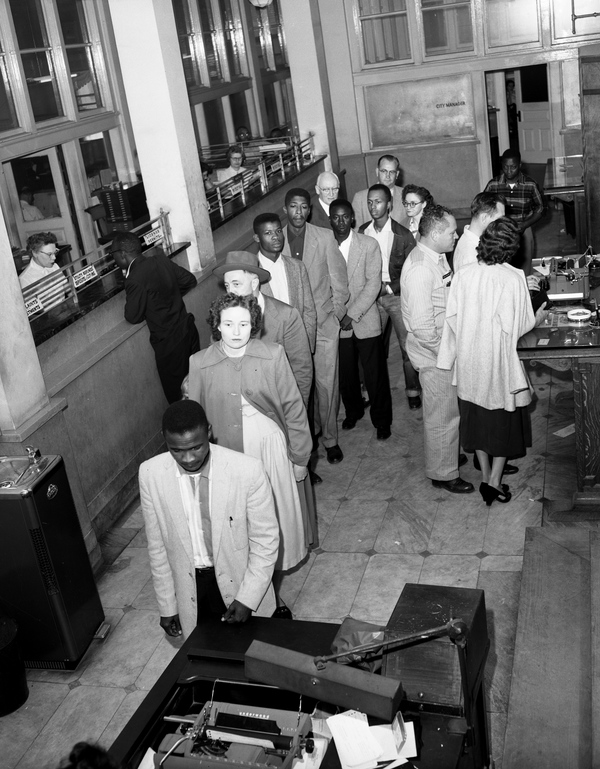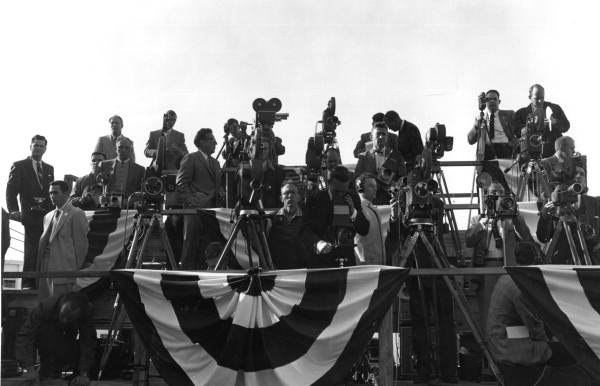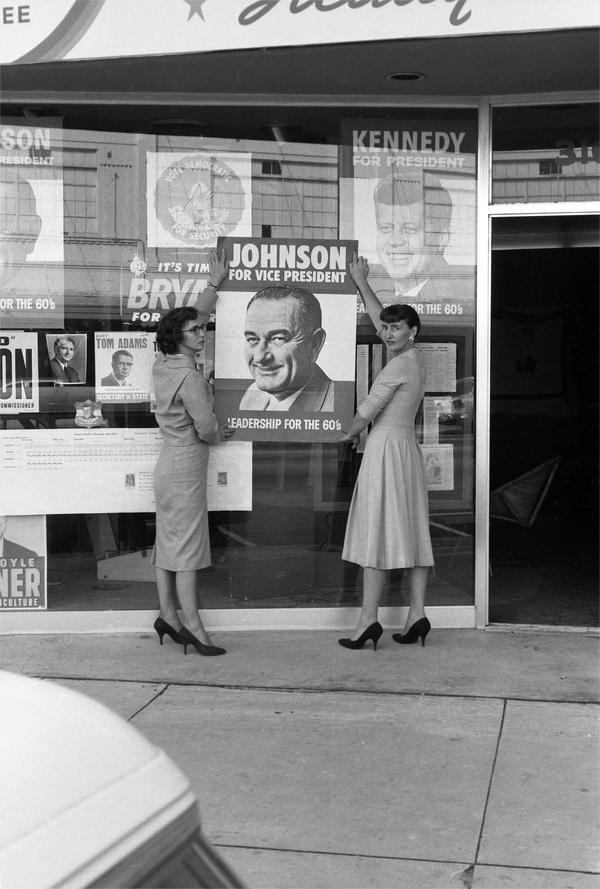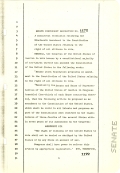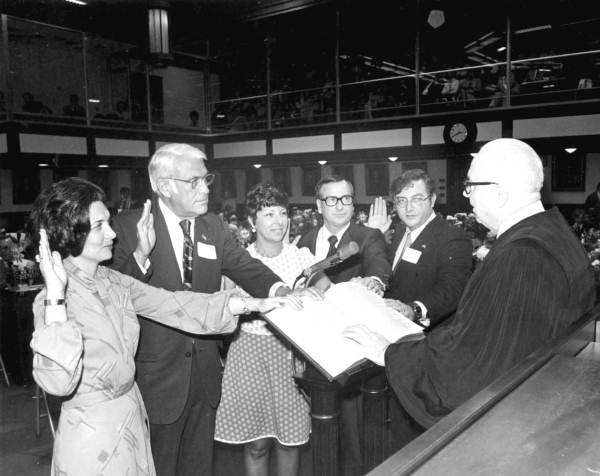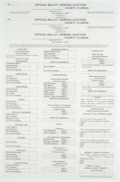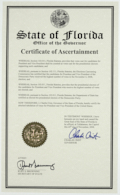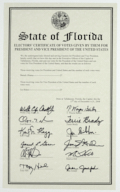
Primary Source Set
Voting and Elections in Florida
Voting in elections is one way American citizens participate in the democratic process. Political candidates campaign to gain support from voters. Fliers, speeches, debates and advertisements are a few of the tools candidates use to persuade voters to support them.
Voting rights in the United States have evolved since the country’s founding in 1776. When the U.S. Constitution was written in the 1780s, it gave states control over who could vote in elections, and states typically granted suffrage only to white men. Territorial Florida limited suffrage to white men over the age of 21.
The first elections in Florida were very different than elections today. Most officers were appointed rather than elected. Voters had to say out loud who they intended to vote for rather than use a secret ballot, and the polls remained open for three days at each election.
After Florida became a state in 1845, the Florida Constitution continued to limit voting to white men over the age of 21. Slavery was abolished at the end of the Civil War (1861-1865), and Congress passed the Reconstruction Acts of 1867, which allowed Black men to register to vote. The 15th Amendment to the U.S. Constitution, ratified in 1870, prohibited federal and state governments from restricting voting rights because of a person’s race. Still, Southern states—including Florida—used poll taxes, literacy tests and other forms of intimidation to discourage Black men from casting their ballots. Women and Native Americans were not permitted to vote until the 20th century.
Some Florida cities chose to allow women to vote in local elections as early as 1915, but the Legislature refused to permit women to vote in state or national elections. Congress passed the 19th Amendment guaranteeing women the right to vote in 1919, but Florida legislators refused to ratify it. The amendment went into effect on August 26, 1920, without Florida as part of the assenting majority.
The Indian Citizenship Act granted full citizenship to Native Americans in 1924. Unless a state had a law preventing Native Americans from participating in elections, they were eligible to vote under this act. In Florida, Seminoles could register and vote, but they did not do so until 1950.
The Civil Rights Act of 1964 ended unequal application of voter registration requirements, and the Voting Rights Act of 1965 prohibited racial discrimination in registering and voting.
Liberty County, Precinct 1 voter registration roll, 1867.
Show full overview

 Listen: The Folk Program
Listen: The Folk Program

